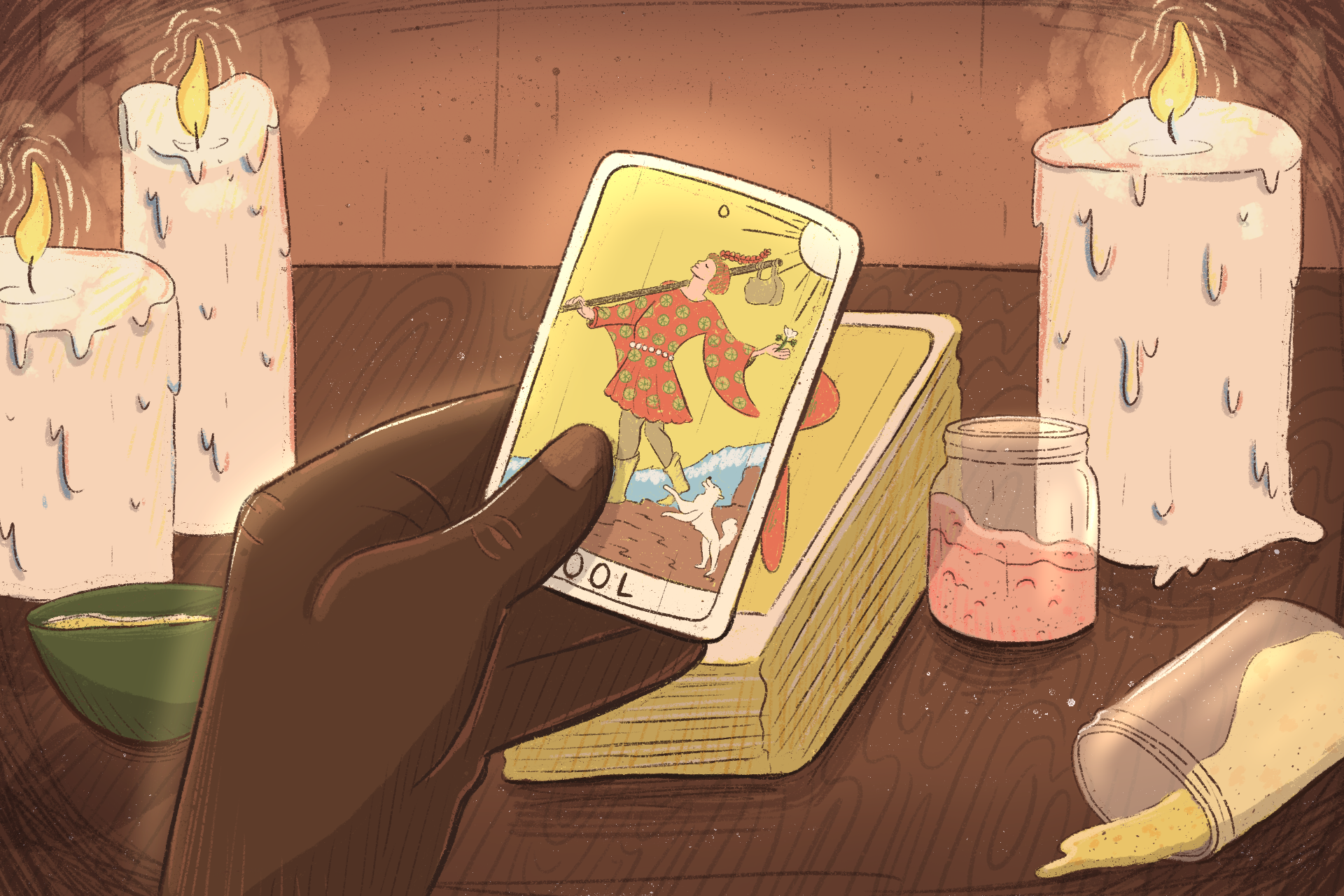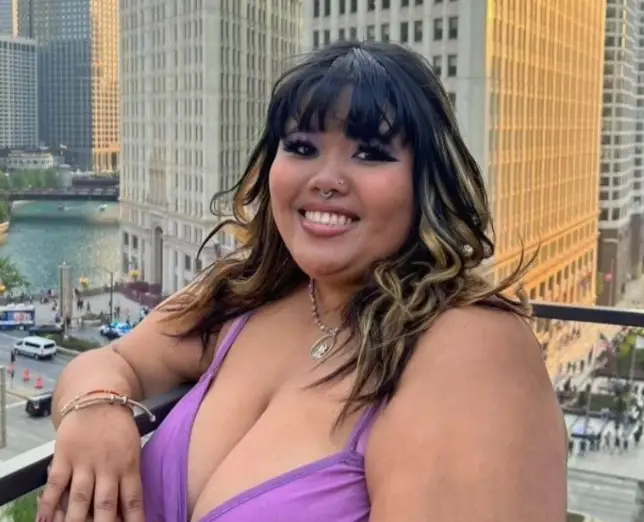Black magic is the antithesis of white magic: malevolent, dark and self-serving. African and Latin American spirituality like Brujeria and Voodoo are often the poster children for black magic due to their white-washed and misconstrued historic records of witchcraft. In reality, African diasporic and Latin American spiritual practices resisted Christianity’s political persecution of Indigenous communities and slaves. The syncretic mixtures of African, Mesoamerican, and European spiritual beliefs offer some of the most empowering outlets for personal and community-based healing Here are some of the most wickedly cool and extraordinary mystical practices from Africa and Latin America.
Brua
Similar to the Latine term, “Brujeria” (which encompasses a range of Spanish-Indigenous spiritual practices across Mexico, Central and South America), Brua describes an array of healing traditions and spiritual beliefs across Aruba, Bonaire and Curacao. The people of the “ABC Islands” have integrated Roman Catholicism from Dutch colonists into their Brua beliefs, which originate from West African slaves.
Common rituals include a “montamentoe:” the practice of using Oujia boards to call upon ancestral spirits when someone is possessed by a dead relative or evil being. Incubus demons, medicinal herbs and sorcery are all staple aspects of the Brua practice. Like Brujeria, the evil eye , or, “ojada/hojada” is a symbol of evil energy which newborns are protected against via hand-made amulets and bracelets using rosary peas.
Though little is known about Brua, it is estimated that around 85% of people in Curacao practice it in some form, with niche research integrating Brua into psychiatric treatment as well.
Obeah
Obeah is another Afro-diasporic spiritual belief system practiced in the Caribbean. It combines elements from European Christianity with African spell-casting and healing traditions. Like Voodoo, Obeah was used to protect against colonizers in countries like Belize, Honduras and Nicaragua, particularly in their Garifuna (African) communities.
Funeral rituals in the Obeah spiritual system are complex, most notably the Dugu ceremony, and are traditionally known as the 9 Knights ceremony. Dugu is practiced in Garifuna communities in Belize, Guatemala and Honduras. The ritual involves calling upon angered ancestors via a shaman to help cure the ill person who has angered them. The ill person is given alcohol and food, and once the spirits are present, their illness should subside. What is fascinating about Dugu ceremonies is that they can last anywhere from a few days to a few weeks depending on how mad someone has made their ancestors.
Comfa
Blending practices from African Ifa traditions with Indian, Chinese, Dutch, Spanish and Amerindian communities, Comfa is a Guyanese spiritual practice where people are possessed by spirits via the sounds of a drum.
In the Comfa belief system, the Christian heaven exists with angels and prophets, but spiritual deities called “entrees” also guide people during their earthly life. Entrees represent the seven ethnic groups of Guyanese people and collaborate with familial spirits near bodies of water to lead humanity through a positive earthly experience.
Humans are central sources of spiritual power, both good and evil. At high noon, good spirits and evil spirits balance on each shoulder to test self-discipline and commitment to benevolence, similarly to having an angel and devil on one’s shoulder. Comfa also uses performing arts to re-enact historical events and uprisings that have asserted the independence of the Guyanese today. The spiritual energies that have led successful social justice movements are integral to Comfa. Such movements include Guyana’s fight towards independence from Britain in the 1960’s and protests over labor rights for sugar cane workers in the 50’s.
Along with the Guyanese, Haitians and Jamaicains used Comfa as an outlet against French and English colonization.
Quimbanda
Practiced in Brazil, Quimbanda is another Afro-diasporic religious system, but it doesn’t integrate Catholicism into its practices as much as other spiritual beliefs do. Instead, practitioners looked to the spirits Exus, Pomba Giras and Ogum as guiding figures.
Quimbanda stems from the transatlantic slave trade, particularly when Portugeuse colonizers in Brazil separated Black communities based on homeland, allowing for unique pockets of African and Indigenous people to mix spiritual beliefs. The sister religion to Quimbanda is called “Umbanda,” which maintains Catholic influence in its belief systems. Together, the two religions form a broader set of beliefs known as “Macumba.”
In the Quimbanda religion, the Exus spirits assist in material matters such as revenge, love, wealth and justice. Pomba Giras involve feminine spirits related to fertility and womanhood while Ogum spirits are associated with conflict and war. Rituals involve many things, a few being rum, candles and love spells that call upon Pomba Giras to help men win the woman of their dreams. Argentinian Quimbanda also incorporates music into spiritual ceremonies, calling upon spirits for guidance.
There are many more niche, idiosyncratic and culturally healing mystical religions, beliefs and practices within Afro-diasporic and Latin American communities, and most, if not all, began as methods of protection against the harm of colonization. These magical and spiritual communities don’t harbor black magic or evil intent, but rather, beautiful forms of community-building and personal relief that has been passed down from thousands of generations.

















